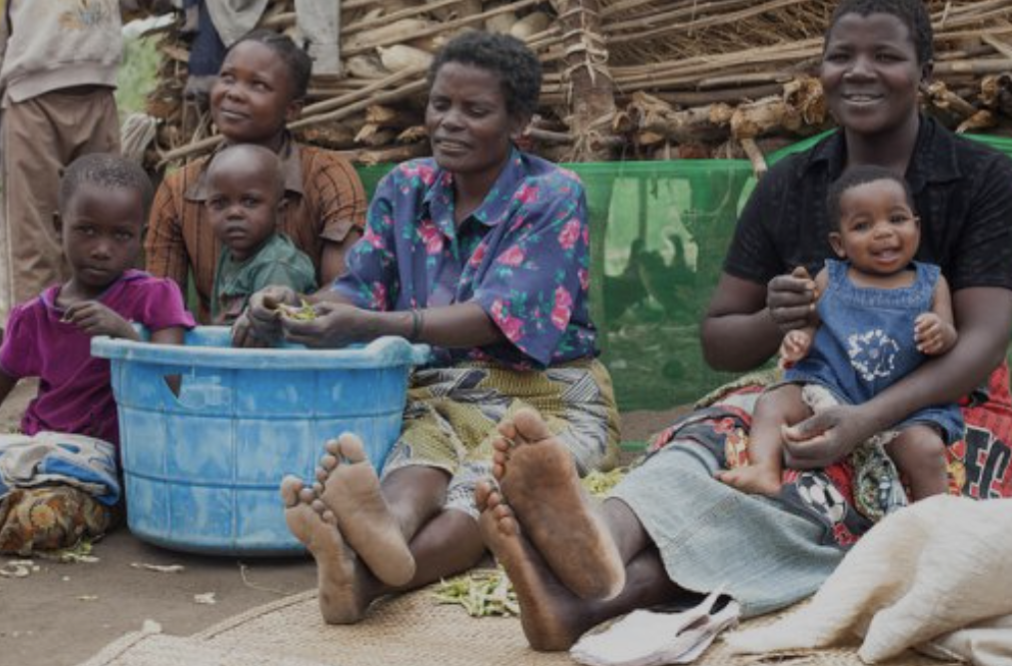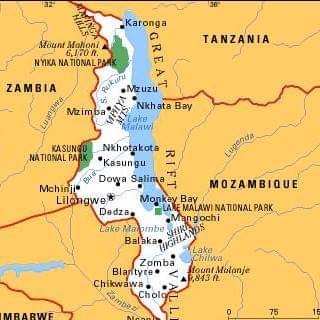Malawi’s Poverty Levels Hits 72 Percent Record High

(Lilongwe, Malawi) Malawi is the fourth poorest country in the world, with 70 percent of its population living on less than $2.15 a day, as estimated using the data for 2019-2023, the World Bank has disclosed.
The slow poverty reduction has been mainly due to the low GDP growth per capita, the lower and stalled productivity of the agricultural sector over the years, the lack of structural transformation, and the recurrent climate shocks affecting the agricultural sector (i.e., the flood of 2015; the historic drought of 2016; the cyclone Idai in 2019; the cyclone Ana and the tropical storm Gombe in 2022).
According to the latest report, even though this percentage has been almost unchanged since 2010 (68 percent), with the boomerang in population growth, the number of poor people has increased by 3 million, reaching 13 million in 10 years.
“The share of people failing to consume a minimum caloric intake of 2215 calories a day (or national poverty rate) is 51 percent, the same as in 2010 with Inequality decreasing over the last decade (the Gini index changed from 45 percent in 2010 to 39 percent in 2019), mainly due to better-off households worsening their economic situation,” reads part of the report.

It further states that the Russia-Ukraine war, has directly impacted on 80 percent of households reporting significant increases in the price of basic items such as maize, cassava, sweet potato, maize flour, rice, and fuel, contributing to the food insecurity emergency in the last months.
Meanwhile, the levels of employment have hugely dwindled, even though 80 percent of household heads were working during the first months of 2022, more than half of households experienced reductions in income, and by September of 2022, 70 percent of households felt their financial situation was worse than one year earlier with half of the households having applied for loans to cover mainly purchases of food and/or inputs for their non-farm businesses.
The World Bank report concluded by stating that the poverty projection based on GDP per capita growth with the share of people living with less than $2.15/day increased slightly from 70.1 percent to 72 percent between 2019 and 2023. The projection might increase if climate or external shocks continue.




